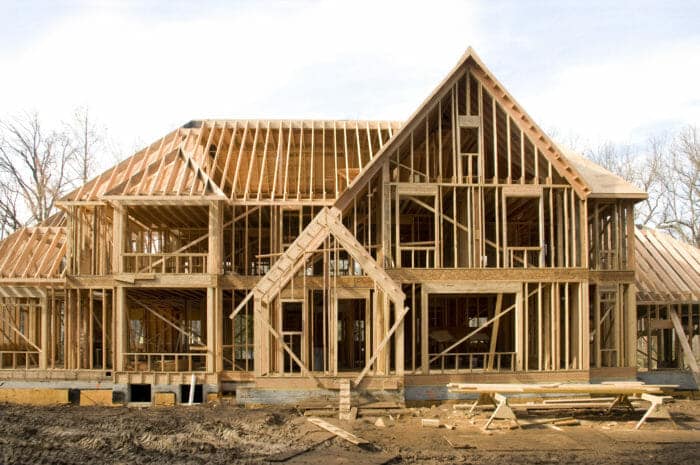Several other species of wood can be used but these two are the most.
Sagging in floor joists are typically caused by.
Improper moisture content of the wood i think it s d.
The solution to sagging floors or the damaged sills and joist ends that contribute to them often involves jacking.
A taut string stretched across the floor will show the amount of deflection and improvement.
In this article we review what can cause a sagging floor and provide details to help you determine which issue is relevant to your home.
Two four by six wood beams of 8 to 10 feet each as straight as you can find them.
A common scenario is to install temporary jack posts and support beams then permanent posts and beams over new footings.
Sagging floors are an annoyance and an eyesore but they can also be dangerous.
These floor joists are sagging for a reason and if you don t tackle the underlying problem you re setting your home up for danger.
A dozen metal rafter ties.
Sagging in floor joists is typically caused by a.
A sagging floor typically implies a sagging floor joist underneath it.
Temporary adjustable floor jack tall enough to reach the floor joists from the basement floor.
Four or five beams of the same size as your floor joists typically two by eight and as long as the room.
In our experience the earlier these issues are detected and addressed the less expensive the repairs are.
Normally a floor joist is a 2 inch wide by 10 inch thick piece of yellow pine or douglas fir.

